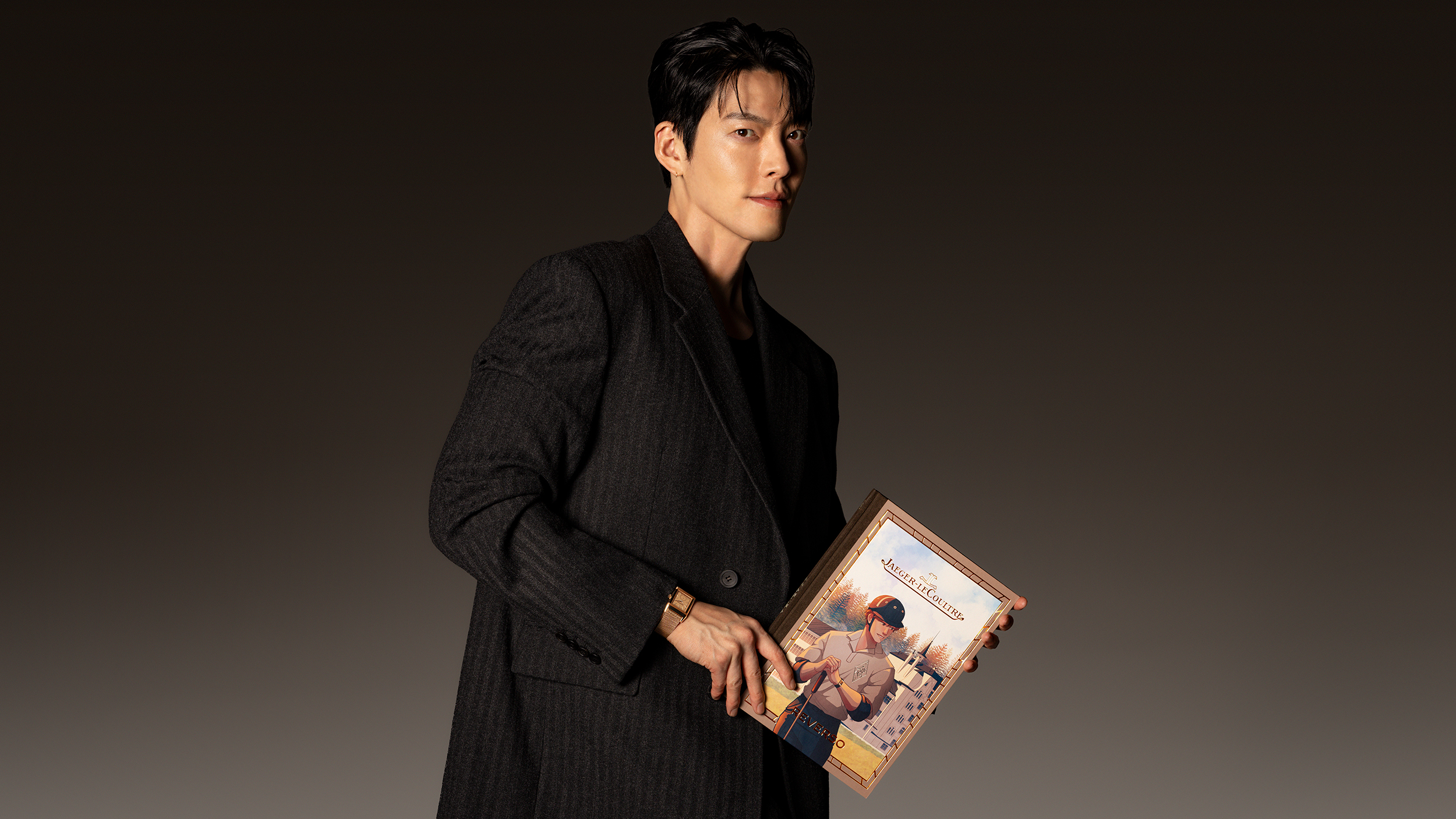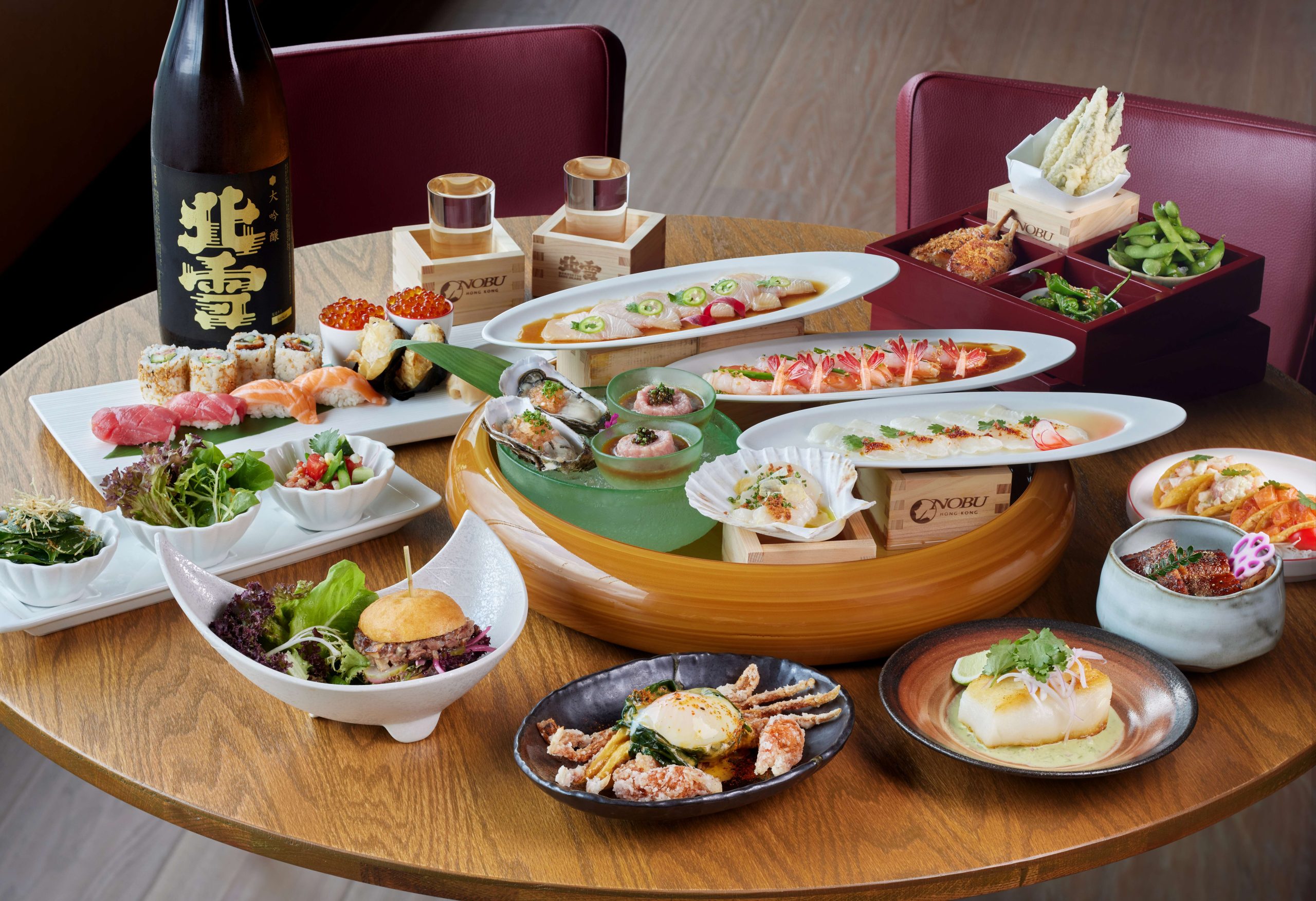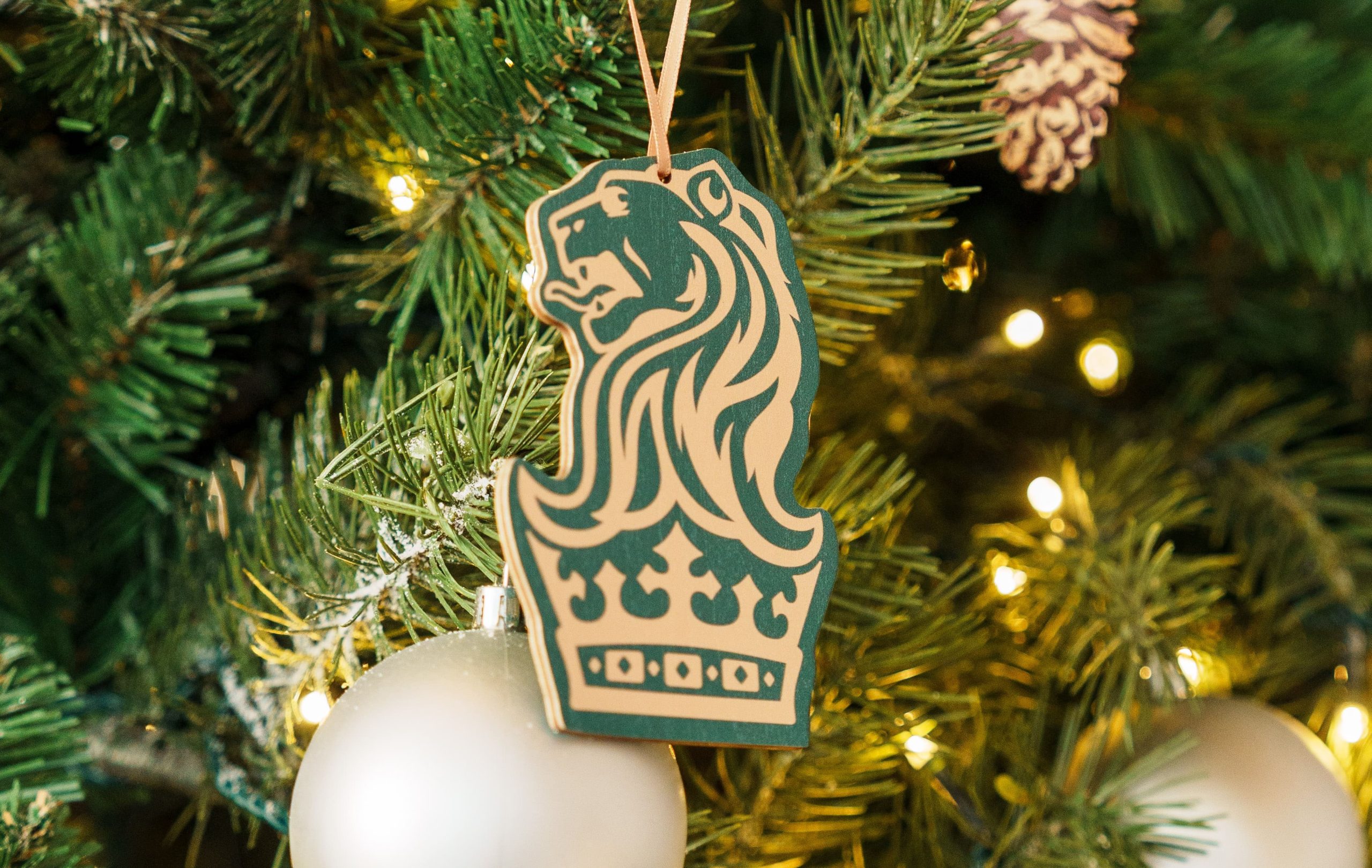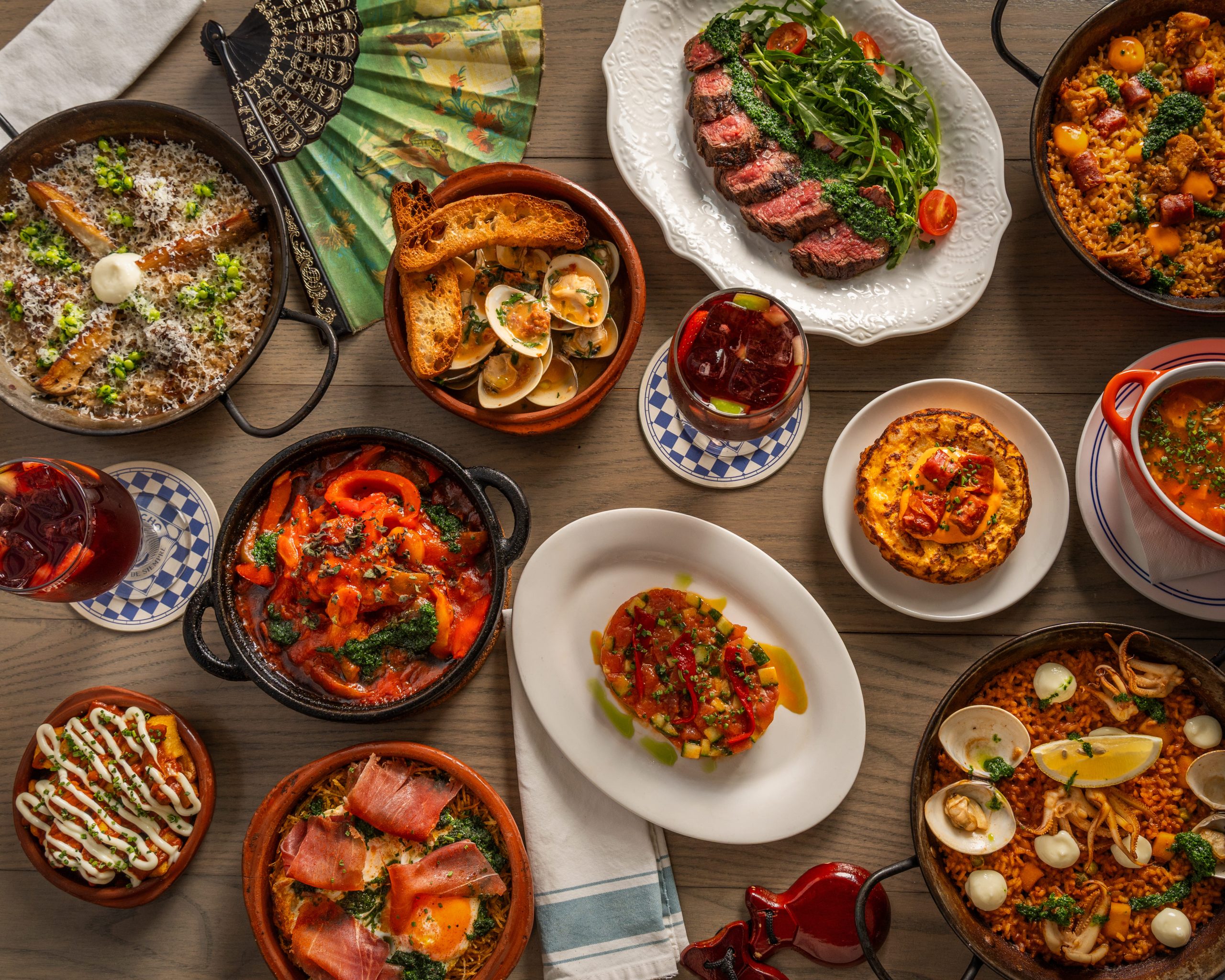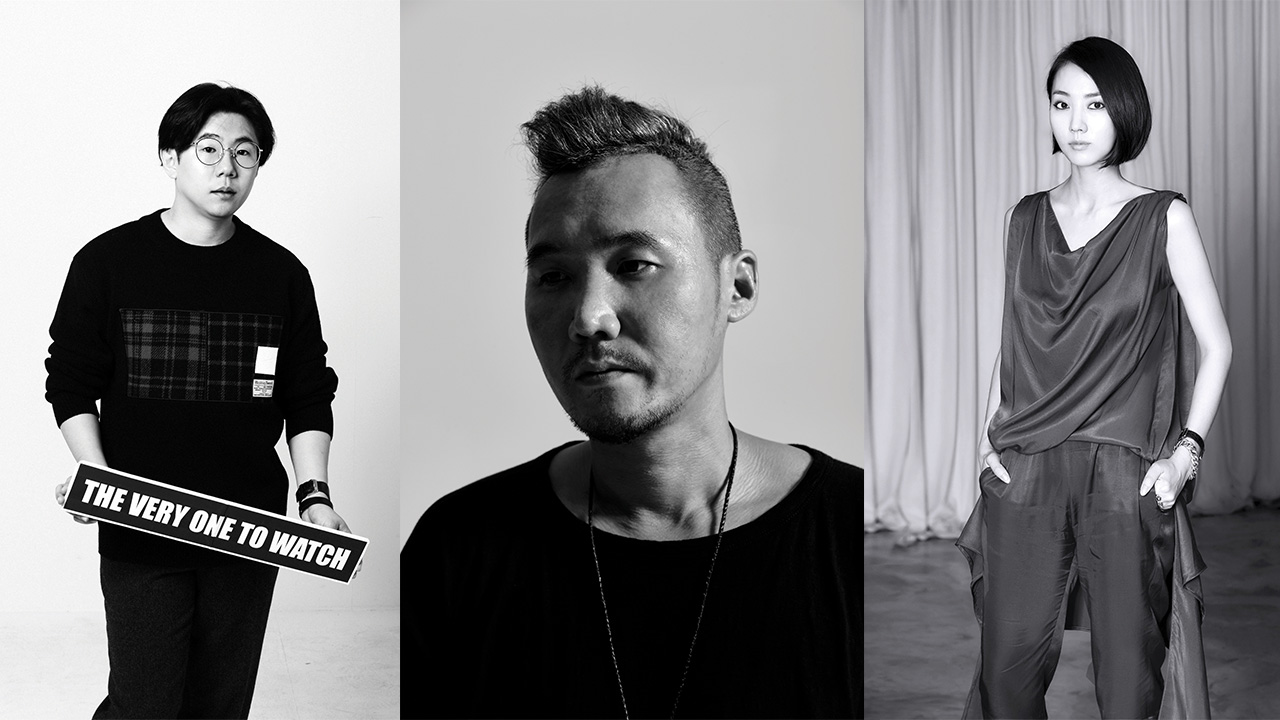
Seoul design foundation brought its pop-up exhibition to I.T in Hong Kong’s Hysan One last month. The project supports and promotes Korean designers’ efforts to expand overseas and to open up international sales routes.
Each year, an elite group of Korean designers are selected, whose creations are displayed and marketed through pop-up stores at high-profile venues. The designers visited L’Eclaireur in Paris and Excelsior in Milan holding two highly successful shows, before making their way to I.T in Hong Kong. They will next go to London for pop-up exhibitions in Selfridges, providing greater chance to increase their global exposure further still.
#legend took the opportunity to speak with the designers about the collaboration with I.T, what motivates their creative processes and their thoughts about being in Hong Kong. We also sat down with the retail emporium’s chief commercial officer, Deborah Cheng, who has contributed to the group’s unceasing global expansion throughout her more than 10-year tenure. I.T was started with a simple idea back in 1988: to cater to young individuals with a distinct sense of style. Twenty-nine years later the prophecy has been self-fulfilling, as today it’s still a destination for those with an eye for fresh and fun fashion, and one of the few places in town to buy Comme des Garçons. Which style did you like most from the spring/summer Boss Eyewear shoot?
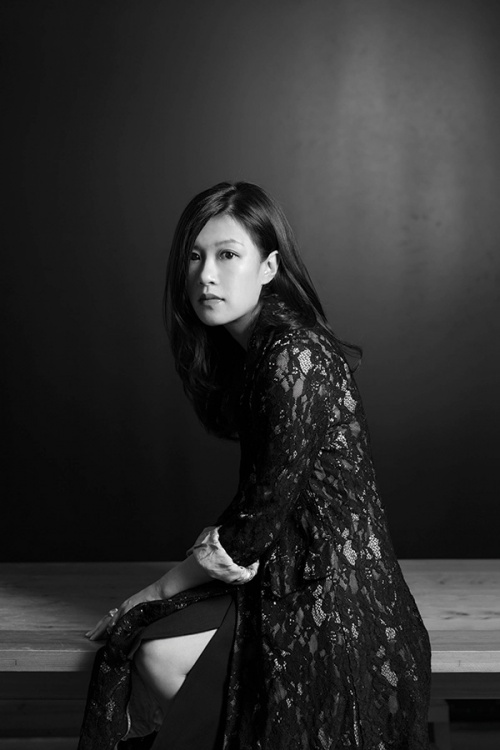
Deborah, what surprises you most about this collaboration with leading Korean designers.
I think it’s kind of an exciting idea. We’ve never done anything like this before. Space was our major concern but I think it’s a great platform and good for cultural exchange. I also want to know what Koreans think best represents a Korean brand. You say it’s new for you, yet it still feels so instinctively I.T We’ve always had a very entrepreneurial spirit, which has allowed us to think a little differently from our competitors.
When did you first have the sense that Korea was about to take off as a culture and fashion presence?
I think when we were the major sponsor for Rain. Remember him? That’s so long ago, when Rain was still Rain. After him, nobody talked about Korea. It went quiet. Then along came the Wonder Girls. I heard that in Japan first. It wasn’t just Hong Kong, it was the whole region, and that accumulated.
Of the Korean brands you stock at I.T, which came first?
Maybe Rocket x Launch around seven years ago. At that time, we only had Japanese and European designers.
The retail environment has everyone second-guessing these days. How is it for you?
It’s all changing now and so fast. In the past, there were just a handful of competitors but now it’s everywhere. I think it’s the same for journalism. In the old days your competitors were clear and small but now you compete with bloggers all over the planet. And for us the business has changed. It’s not just retail. Now it’s music, it’s YouTube, it’s Instagram. And everything is calculated. What time to post, on weekdays or weekends, at midnight or first thing in the morning. It’s all timing. But it does make for a dynamic environment.
How would you assess the Hong Kong fashion market now?
I think the trend is to blend in. It’s not as distinctive as before. We don’t have a lot of Comme des Garçons on the market. Now it’s mixing Balmain, even Chanel, European brands, and mixing the wardrobe has become very cosmopolitan.
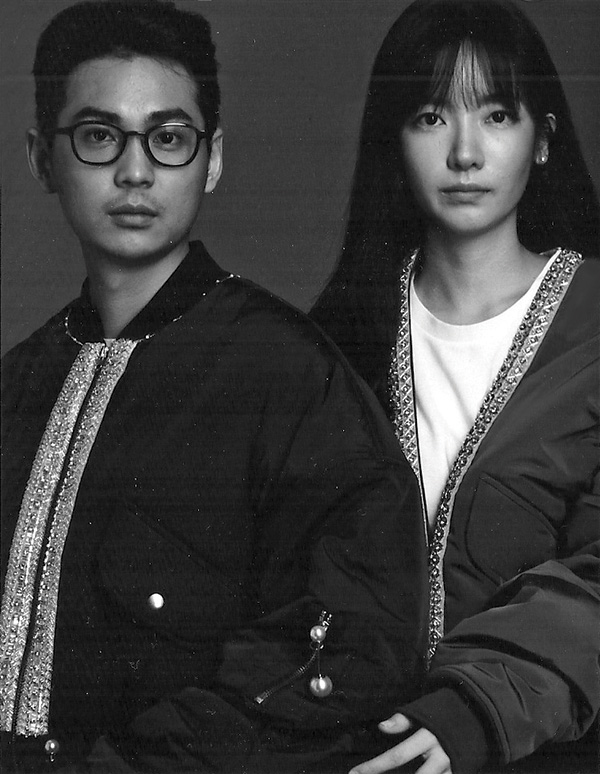
Blindness
Kyu Yong Shin (left) is the first Korean designer to have made it to the semi-finals of this year’s LVMH Prize for Young Fashion Designers. He started Blindness in 2013 and was joined by furniture design major Ji Sun Park (right), two years later. The brand has rapidly built a reputation for elegant menswear.
Your brand is only three years old. How would you describe its DNA?
We are more experimental than many other Korean brands and maybe we are also more stubborn. The stubborness of the brand is one of the reasons for its success.
How did you come to be chosen so fast for this global pop-up?
Because we had lots of good feedback and press from overseas and that made us really look forward to this event.
What did the overseas press like about your brand?
We think they liked the unique style. And they said that made us stand out from other Korean designers they were looking at. Also, our menswear had an elegant style which they said was very different from anything else on the market. The press seemed to like that a lot.
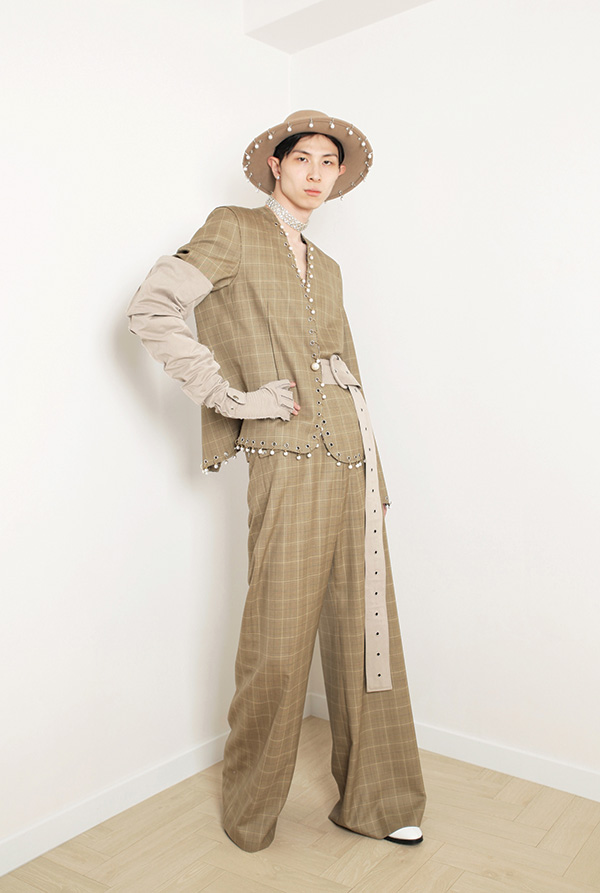
What’s the best and worst thing about Korean fashion?
It has geographical reach. But then, most original ideas come from Western cultures. While we have reach, there is perhaps a limit to it.
How important is Instagram to your brand?
We are using social media to promote our brand, but we’re still at this point getting to know the system. There’s also the feeling that where technology changes we need to change accordingly, too.
At what point do you choose music to go with your show?
We do everything else first. Design, finish and then try to match a song with our style.
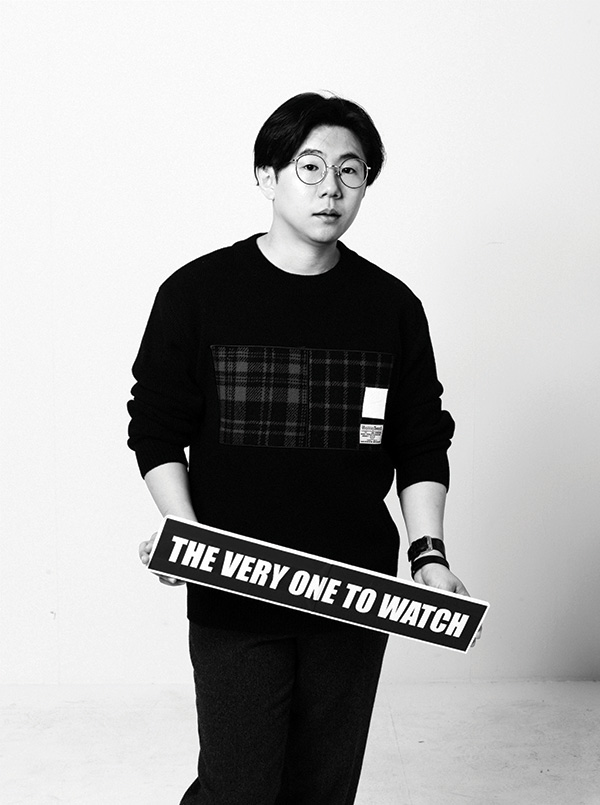
D-Antidote
Park Hwan Sung graduated from Central St Martins College with a master’s in fashion design and a degree in menswear. He is regarded as being among the top 10 Korean designers and was nominated Generation Next at Seoul Fashion Week autumn/winter 2017.
Why D-Antidote?
When I decided on this name we were aiming to diversify.
Does your brand have a tagline?
Yes. Same but different. I have another which is SeoulLondon, a kind of slogan. I’ve been in London for almost eight years. I’m like a bridge between Seoul and London. I like musical influences from different eras like The Beatles, The Rolling Stones, hippie, pop and mod. There was a great Rolling Stones exhibition at the Saatchi Gallery last year.
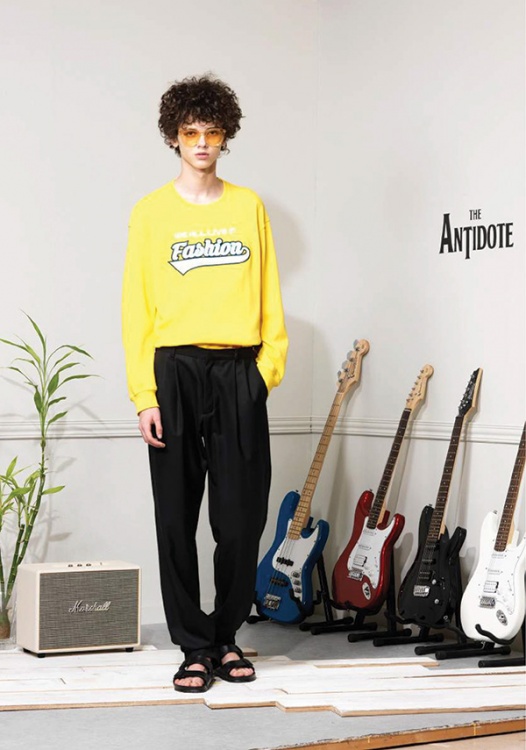
You studied under Louise Wilson at Central St Martins in London.
Yes, and like everyone, I was so shocked when I heard of her passing.
Was she as tough as everyone recalls?
We all studied with her and, yes, she was tough but for the right reasons. We used to joke that the MA course was like camp for marines.
Was your year with Wilson tougher than Korean military service?
Much, much worse. But it was all worth it. I worked for one year at Alexander McQueen as a trainee on a work placement, then Tom Ford and Burberry.
You dress men, women or both?
We’re mostly unisex, with a colourful palette. We just entered the Japanese market and a good designer friend of mine in Korea is very close with Kiko Mizuhara. I’d love to dress her.
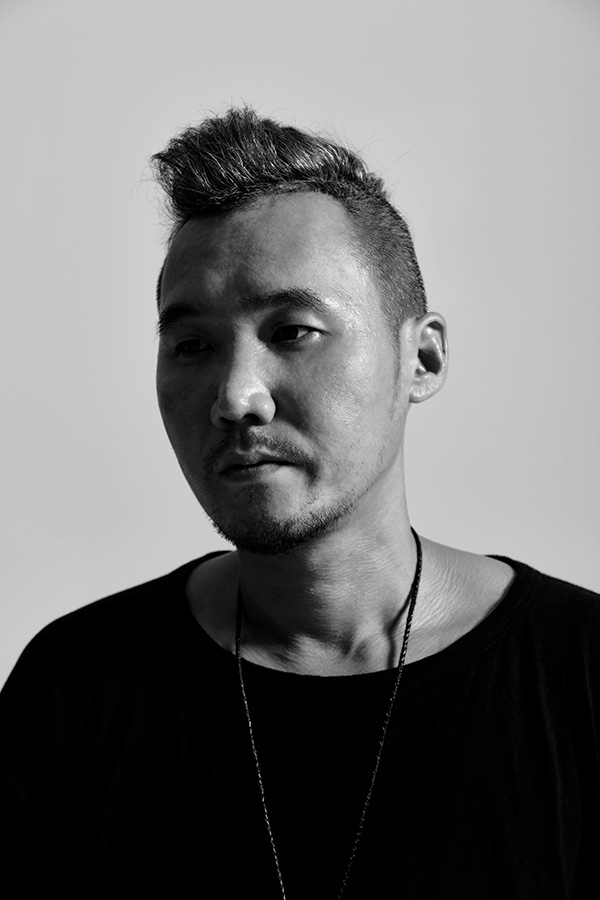
D.Gnak
Seoul-born Kang Dong Jun trained at New York’s Parsons School of Design before launching D.GNAK with his debut show at Seoul Fashion Week autumn/winter 2008. His label reveals and conceals by turns and occupies a space between underground and mainstream.
Did you train to be a fashion designer?
From childhood, I really liked fashion. While others bought toys, I bought clothes, and I would buy them and then want to change them. I studied in Korea and then went on to the United States.
Describe the DNA of your brand?
It’s monotone. We are a kind of popular avant-garde and that’s our signature, monotone avant-garde.
Who are your biggest fashion influences?
Fashion was my instrument that allowed me to be unique and stand out from others. My mother was an artist, so she was influential.
She was open to my buying clothes and following designers.

Why the name D.GNAK?
My childhood nickname was Kangd but if you turn that in the mirror you get D.Gnak. So it’s me, myself, and symbolises me being reflected in a mirror.
Who is your work most often compared to?
People think my work is close to Rick Owens. That’s an observation I do get.
What surprised you most about Parsons?
The workload of the university was a downside and it was so competitive.
Tell me something surprising about you.
I fish. I like sea-fishing. Big stuff. I like to eat fish on the spot. I got addicted when I first went to Long Island.
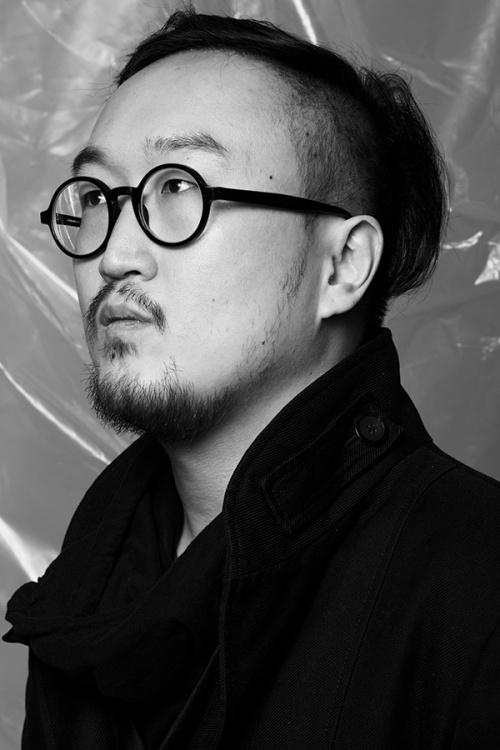
Moohong
Moohong Kim is a Seoul-born designer and political scientist who launched his own fashion label, Moohong in 2013 after obtaining a PhD in politics in Britain. He creates well-known experimental silhouettes and clean-cut forms.
How would you describe your brand?
In terms of style, I borrow avant-garde and experimental silhouettes and cuttings. As a concept the motto is counter-intuitive creation.
Who are the “It” people in your universe?
I go to the library and find a book on the last century, look at their way of styling which was unique but based on historic culture. That is something very strong.
Should history make a comeback in fashion?
In my debut collection in Seoul, I made a dress for men, how they dressed a century ago. And this one I’m wearing, will.i.am bought last week.

Who is the biggest fashion influencer on you?
I love Raf Simons, Yohji Yamamoto and Comme des Garçons.
Yet you didn’t study fashion.
I majored in politics at University of Warwick in England. My major was global credit ratings agencies, so about international financial markets and taking a socio-political viewpoint of them.
What’s most disappointing to you about the way the media reports fashion?
They focus too much on the trendy stuff. Maybe they should focus more on designers doing their own thing, not just following trends. People who maintain their own identity is more interesting. That would be a better focus.
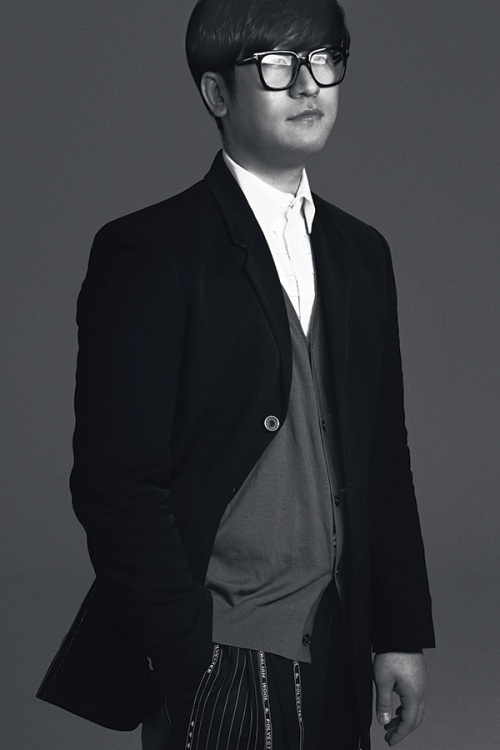
Münn
Hyun Min Han, creative director of Münn, graduated from Samsung Art and Design Institute and worked for Wooyoungmi. He describes his practice as a search for “luxurious de-familiarisation”.
How would you describe your brand?
Details would be sewing, borders, disorder, graphic design and text.
How important is sustainable fashion to you?
I’m always looking to find a way to merge style with sustainable design. It’s a battle. I’m developing towards the idea of sustainable design. I won the 2016/17 Woolmark Prize for Asia, evidence of the stage my brand is going through right now.
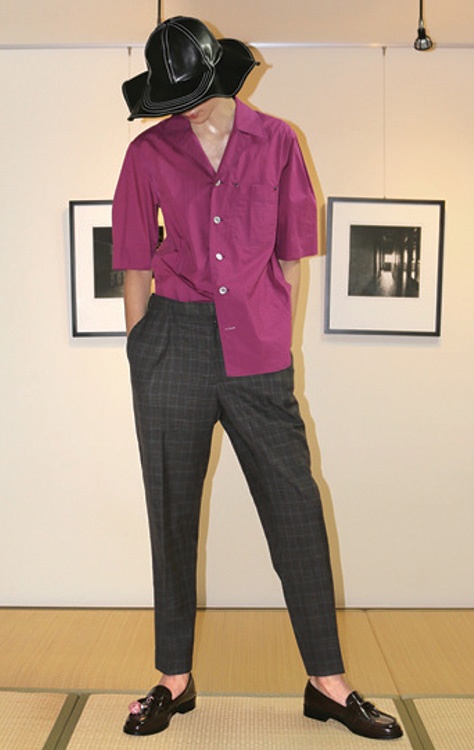
Do young Koreans ask about the brand’s sustainability?
I don’t use the term sustainable design or say we’re recycling and doing something good. We make it look great, make people want to buy it and then they are doing it by themselves without realising.
Did you study fashion?
I trained as a graphic designer and I was a photographer. I discovered I was not a task-oriented person and that’s why I made that switch from graphic design. Looking back, the skill set I acquired helps me a lot now as a designer.
Who buys your products?
Many K-pop stars. They are on fire right now. There’s Exo, a South Korean-Chinese boy band and BTS.
When Big Bang members buy and wear one of your jackets, what happens next?
The Japanese customers are big fans of famous Korean boy groups. They will visit the country and buy the entire product line, sometimes keeping it for themselves or to send it back to the celebrity as a present.
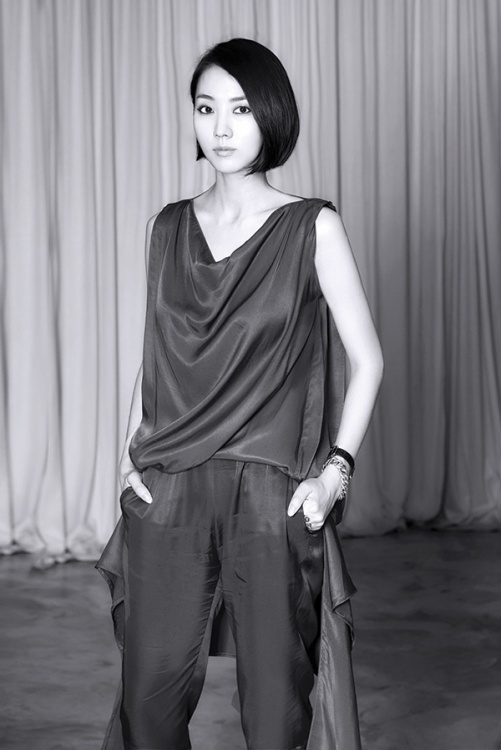
Nohke
Mi Sun Jung studied fashion management at Yonsei University in Seoul and was spotted in Paris before she’d even graduated as buyers demanded to see more of her clothes. She launched Nohke in 2009 and works in precise and experimental ways.
How would you describe your brand?
I design for real women, not a fantasy. My customers all work hard. It’s all about real people who are passionate in what they do and achievers.
How did you get to be that way?
My friends and sisters are big inspirations for me. I didn’t study fashion design at first. I studied medicine in my early 20s. I later switched to fashion.
Who influences you as a designer or creative person?
I have interest in various types of artist, sometimes it’s a movie director, sometimes it’s a writer, and my friends. Korean artist Do-ho Suh is an inspiration. It’s not just fashion.
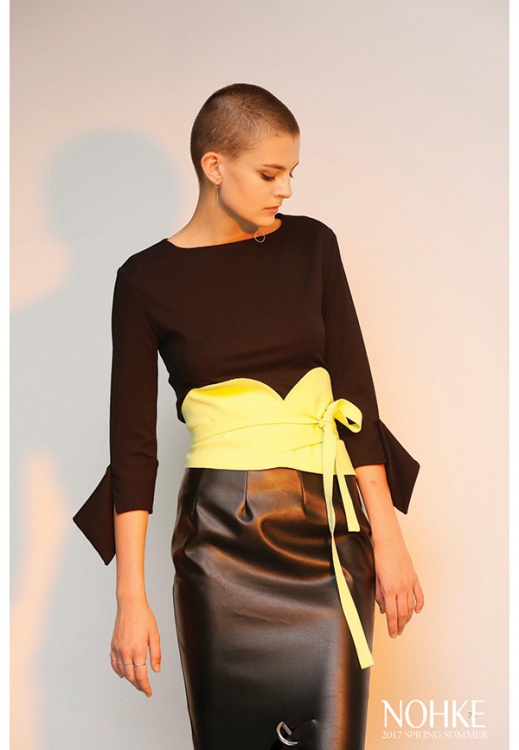
What other creative pursuits interest you?
Cooking. I’d like to explore the Korean oriental style within cooking, within furniture design and other aspects of Korean art. I don’t cook but I like to think of it or express it as a point of art.
Do you Instagram?
I don’t like it. I prefer direct face-to-face meetings. It’s another world but not the real one to me. I do have digital customers though, like Gary Pepper Girl, Nicole Warne. She loves my clothing. Rei Kawakubo has an exhibition at The Met.
How do you view her?
I admire her business philosophy and how she created an opportunity for others to follow.
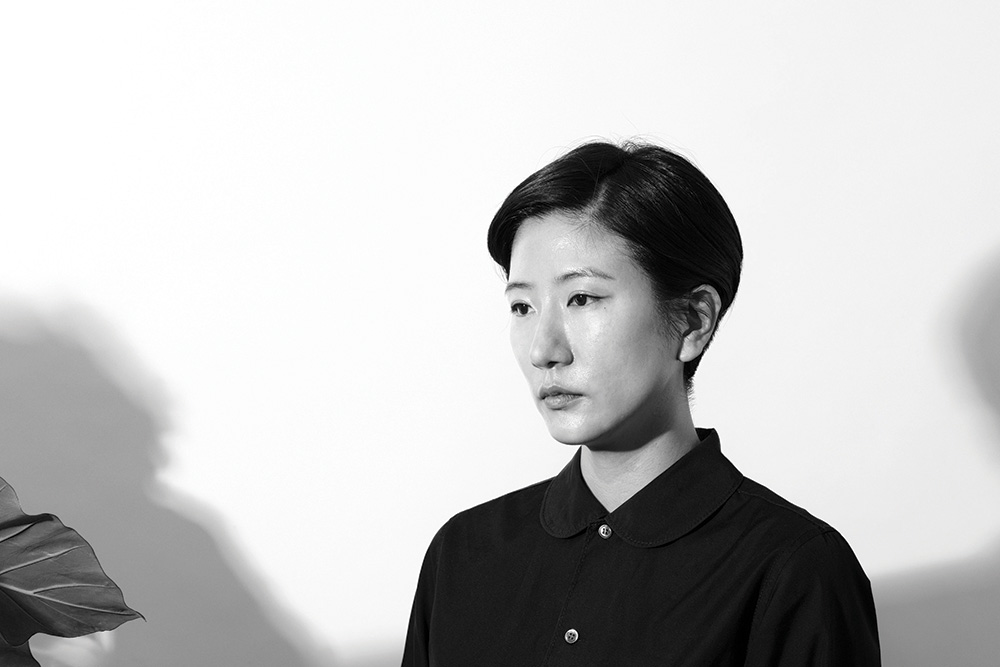
Bourie
Eunhye Jo was born in Seoul and graduated in classical music composition in 2007 from Ewha Woman’s University. She then changed tack and studied fashion at the Samsung Art and Design Institute for two years, before launching her brand in 2014.
Welcome to Hong Kong.
It’s an important place for me. I studied composition in Seoul at university and played at a concert in Hong Kong. One day, I fainted because I walked around looking at fashion windows. My roommate told me I should do fashion, not music. That was my turning point.
You feel one part Rei Kawakubo and one part Virginia Woolf. How do you describe the DNA of Bourie?
I follow my own principles and philosophy. It’s not just shallow fashion. I want to focus on meanings behind the designs. In other words, my grandma can like my designs but it doesn’t mean I target that sort of person. My cousin wears it and she’s six.
Who is your best customer?
Do Na Bae, the actress. She’s my biggest customer. In fact, she’s more than that. She’s a person who gives me advice on small details. She comes into the store and we talk.
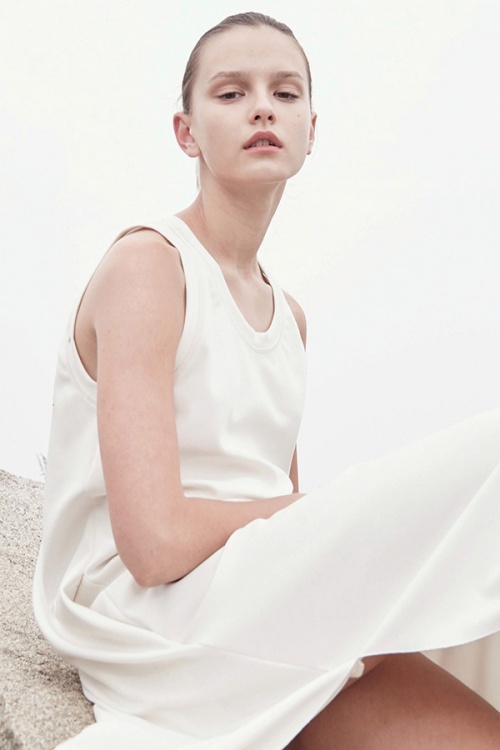
How important is Instagram to your business?
The slow pace of what I do and how I design sort of works against the idea. I am willing to see how people react to my designs on social.
Is this your first interaction with I.T in Hong Kong?
Yes and I find it very strong as a store. The fact they have Comme des Garçons shows taste and respectability.
Why is CDG more interesting than, say, Yohji Yamamoto?
Yohji’s designs are sensual, balanced. I like the patterns and details of Comme.
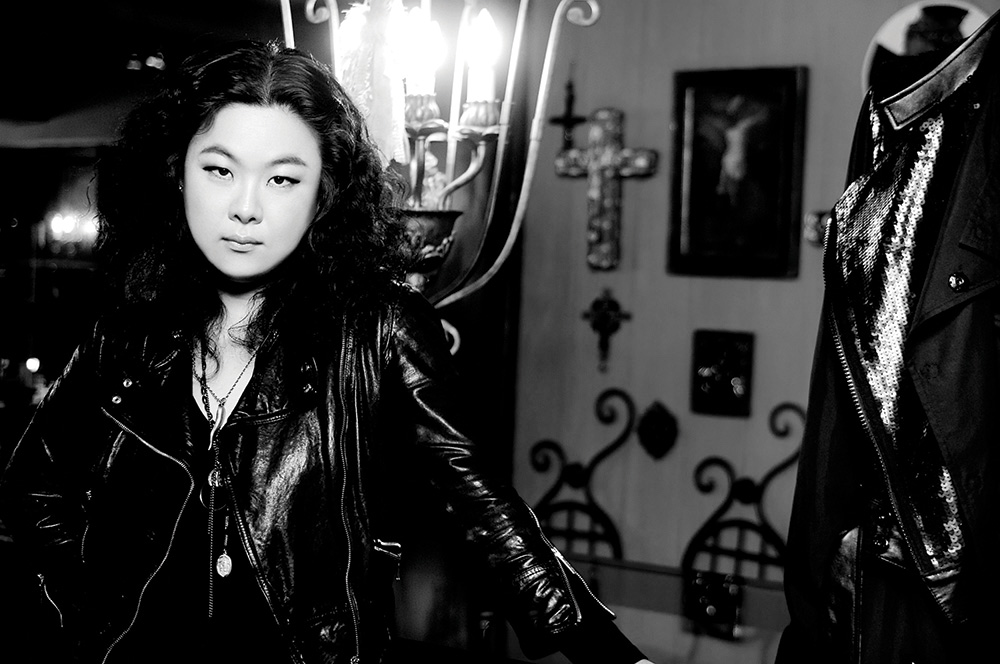
Resurrection
Born in Seoul, a textile and fashion management graduate of Ewha Woman’s University and former Parsons School of Design alumni, Juyong Lee set up Resurrection in 2004. The brand is known for its dark colours, dark themes and unconventional masculine silhouettes.
What made you become a fashion designer?
I was in the moviemaking business and the menswear options were limited. I couldn’t find the clothes or pieces that I wanted to use in the movie, so I thought why not start doing menswear. It’s mostly K-music and Korean movies. In fact, I’ve just done a movie that was originally a webcomic and a lot of young people were fans. So I did the design for the movie.
Who are your biggest fashion influences?
Always music. Marilyn Manson, he’s my biggest fan and we’re really big friends with him. I mean, I listened to his music when I was in high school. He was like my dream come true. We met in Seoul, he had a concert there 10 years ago. I sent him my clothes and he called me like five minutes after. That’s how we became friends. He wears a lot of my clothes and I’ve done his album covers.
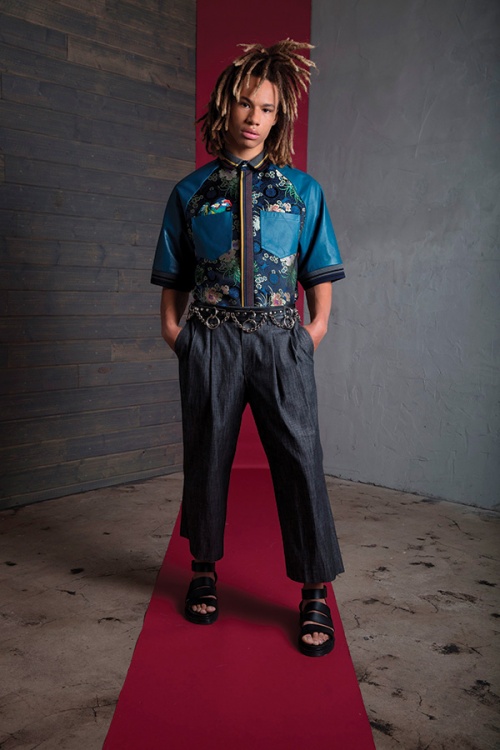
Who else wears your wares?
Black Eyed Peas, Lenny Kravitz, Lady Gaga. A lot of musicians.
Whose taste surprises you most of that group?
They all have their style, their silhouettes.
What was your champagne Gaga moment?
I met her on a red carpet. Lady Gaga took one of my shopping bags. That was my Champagne moment. I work a lot with will.i.am. He and I are planning to launch our own brand. I think it will be 50:50, most of it I design. I’ll show it to will.i.am and he’ll say, “Can you change this, can you change materials?”
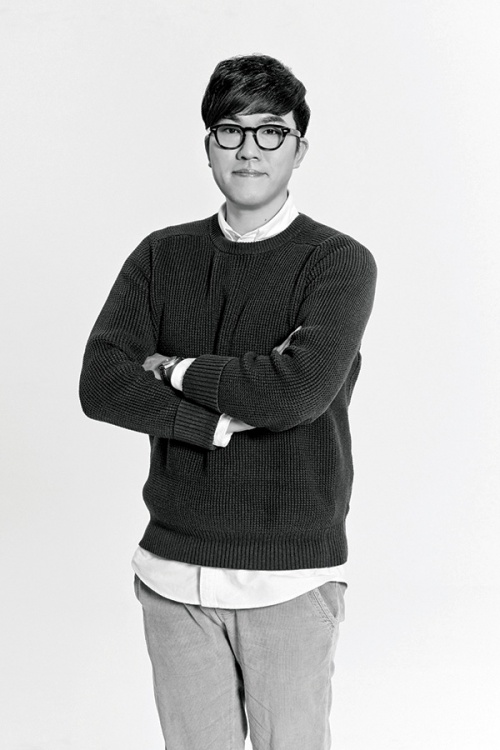
Rocket x Lunch
Jinwon Wu graduated from Kyunghee University in textiles and apparel in 2009 and launched his brand one year later. He’s been a long-time collaborator with I.T, his Rocket x Lunch fashions sell in more than 21 I.T stores in the mainland.
Why the name Rocket x Lunch?
It has to do with the universe. We thought of space. It can be a station, a temporal brand or somewhat permanent line of product. We’ll see how it goes. The brand is now about seven years old.
What distinguishes your brand from your competitors?
It’s humorous, unique and distinct from others. We are very specific and our colour palette is kaleidoscopic.
Who has been your biggest fashion influence?
I was always interested in any form of arts, the visual arts, the creative arts, and it was my parents who recommended that I move into the fashion industry.
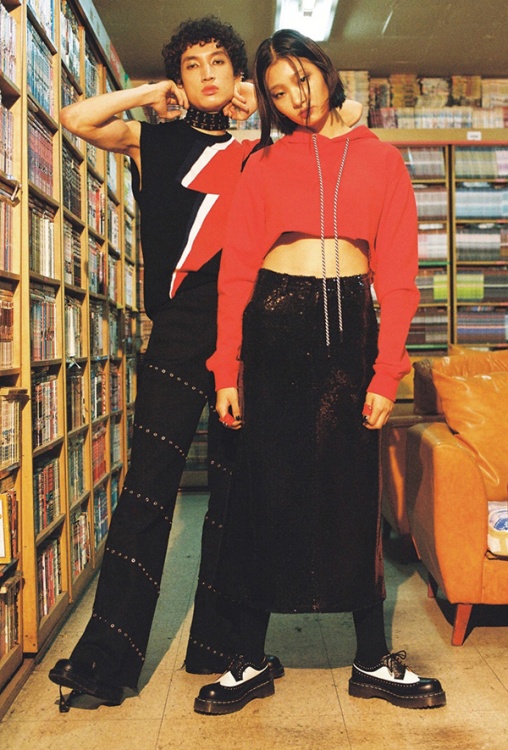
What’s the best and worst aspect of the Seoul fashion world?
Global customers mean there is fast escalation of interest in designers. However, that means more competition, more brands in the game and now, after seven years, we’re focusing on maintaining the brand. We’ve only been in business for seven years. It’s not that long and we thought it would take more time to reach that level.
How would you describe your relationship with I.T and how have Hong Kong consumers changed?
I think I.T has helped shift forward the taste of the Hong Kong people, who have become more experimental and more design focused. The public sees us in store and we have real feedback from them. It’s a great success.
This article first appeared in the June 2017 issue of #legend magazine


